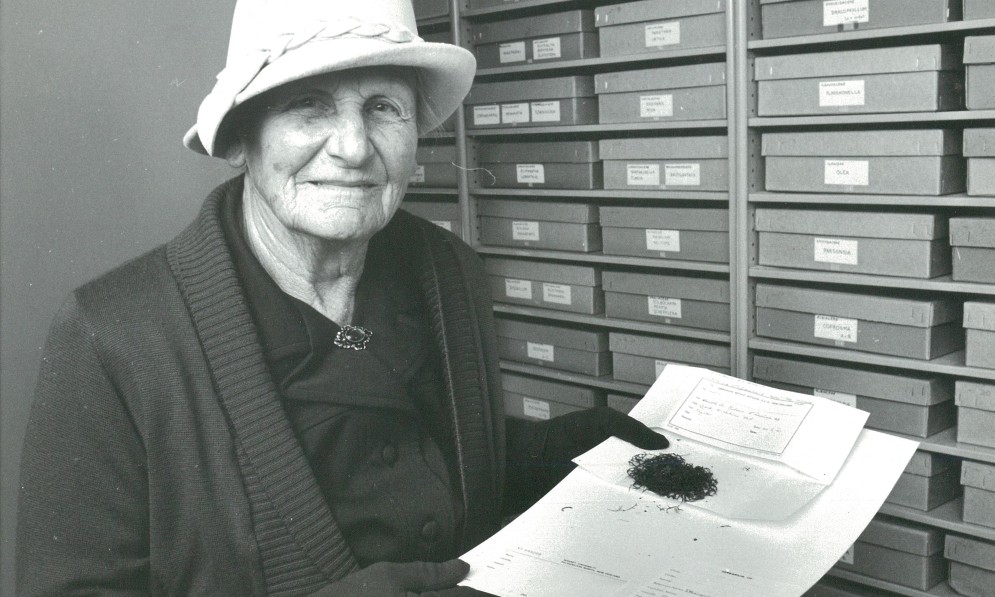Forest & Bird was the first of New Zealand’s modern-day conservation groups, and women were involved from its creation, becoming vice-presidents, honorary secretaries, and executive board members. Despite women being active in all aspects of the first 50 years of the Society’s work, there has been limited scholarship looking into their lives and contributions to conservation.
Forest & Bird magazine
A version of this story was first published in the Winter 2023 issue of Forest & Bird magazine.
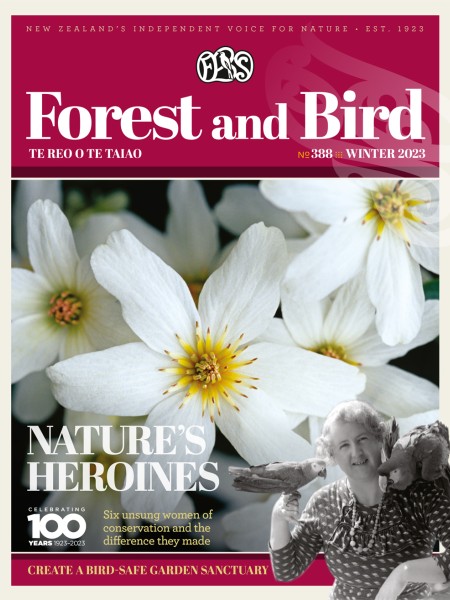
In 2020, Forest & Bird awarded a Force of Nature scholarship and archive support to Masters student Tess Tuxford, of Te Herenga Waka Victoria University of Wellington to research, as case studies, the conservation work and impact of six early women members. They were Amy Hodgson, Pérrine Moncrieff, Elizabeth Gilmer, Violet Rucroft (Briffault), Lily Daff, and Audrey Eagle.
"Women were among the first members of Forest & Bird and fulfilled a number of roles within the society. Their influence reached across the fields of science, politics, education, and art and helped create significant conservation outcomes for New Zealand."
Through the examination of how they engaged with conservation in relation to science, politics, education, and the arts, she hoped to shine a spotlight on the relevance of women in New Zealand’s conservation heritage. During her research, Tess discovered the many and varied ways in which women contributed to conservation within wider societal themes of gender, class, and identity. The impact of these women was evident nationally and locally during their lifetimes.
Tess Tuxford. Image supplied
“Visitors undertaking the great walk in Abel Tasman National Park, picnicking in the Briffault Reserve, or admiring Wellington’s pōhutakawa at Christmas time experience the benefits of their hard work,” says Tuxford.
“Likewise, those wishing to delve into the heritage of New Zealand’s native species or to admire pioneering post-colonial artwork can do so with ease at the country’s national museums and libraries.”
The following short profiles right are based on Tess Tuxford’s research and findings. She published these in an essay called Taking Flight: The Role and Impact of Women in Forest & Bird’s Early History. Forest & Bird is grateful to environmental historian Dr James Beattie for supporting the Force of Nature history project and supervising Tuxford’s research.
THE AMATEUR SCIENTISTS: Finding scientific legitimacy within the confines of gender
"There were many differences in the lives of Pérrine Moncrieff and Amy Hodgson, one born to a wealthy family in London, and the other to a farming family in Havelock North. But they shared a drive to pursue their scientific interests despite the constraints for women working outside traditional scientific infrastructure. They both developed networks of contacts and used their membership of Forest & Bird to assist them in their work. Their adaptability to working in fields which were not yet entirely open to women resulted in lasting legacies that still benefit New Zealanders to this day." Tess Tuxford, Taking Flight
Amy Hodgson (1888–1983)
Botanist | Plant collection held at Te Papa | Used Forest & Bird trips to collect plants | Donated 14,000 liverwort specimens to Massey University
Despite having the “instincts of a born research scientist”, it wasn’t until after the birth of her fourth child that Eliza “Amy” Hodgson set out on a path to becoming one of the greatest female botanists of her time. Her interest in plants was sparked by her headmistress Anna Spencer at Napier Girls High School, but Hodgson’s father wouldn’t allow her to go to university to study, instead insisting she remain at home to improve her domestic skills.
She married in 1912 and a decade later started sending plant specimens to her former headmistress for identification, but married life continued to curtail her botanical work. She was living on a farm in an isolated part of Hawke’s Bay and couldn’t drive. So, when Forest & Bird started running family camps in 1953 to plant-rich locations, including Waikaremoana, Ruapehu, and Mount Egmont, Hodgson jumped at the chance to join the trips and collect specimens from further afield.
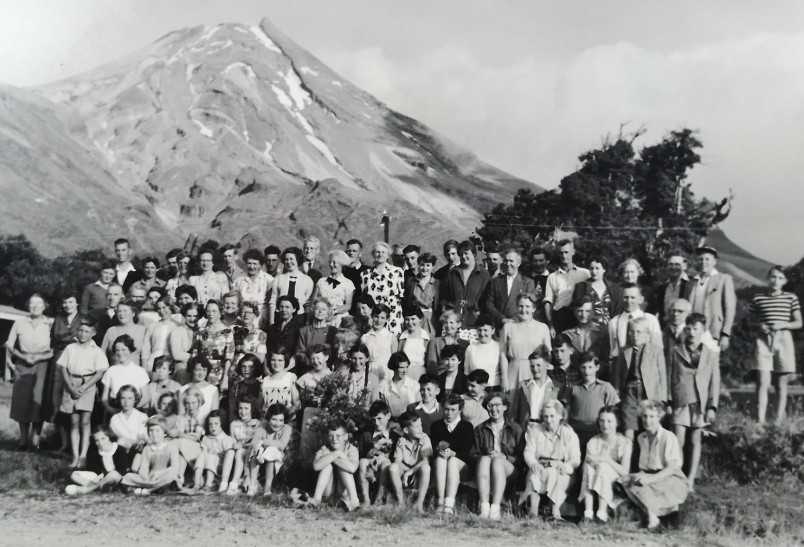
Amy Hodgson and Violet Rucroft at a Forest & Bird family camp at Dawson Falls 1955. Image John Salmond collection
She remained involved in the Society, and the first meeting of Wairoa section of Forest & Bird was held at her home in 1961. Wairoa solicitor Osborne Sainsbury was Hodgson’s mentor and had an interest in native mosses. She wanted to research liverworts, but Sainsbury tried to discourage her before eventually relenting. Once allowed to follow her passion, Hodgson overcame her lack of formal training to transform the study of liverworts in New Zealand.
She was 42 when she published her first research paper and went on to publish 32 more. Hodgson’s research forms the foundation of knowledge on the species in New Zealand, according to Sandra Coney in Standing in the Sunshine. In recognition of this scientific legacy, Hodgson was awarded an honorary doctorate from Massey University in 1976, seven years before she died.
Pérrine Moncrieff (1893–1979)
Ornithologist | First comprehensive field guide to New Zealand Birds | Founding member Forest & Bird and Vice-President | New Zealand’s foremost female conservationist of her generation
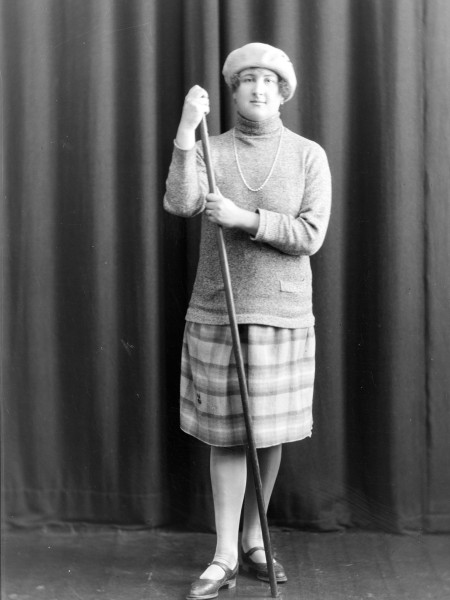
Pérrine Moncrieff. Image Nelson provincial Museum
Pérrine Moncrieff considered herself a naturalist rather than a scientist, who she considered were not as completely dedicated to the “conservation cause” as she was. Like her good friend Val Sanderson, Forest & Bird’s founder, she believed protecting nature could lead to the survival of native birds facing extinction. This contrasted with the views of her predecessor ornithologists who thought they were doomed, so they killed and collected rare species as specimens for posterity.
Born in London to a wealthy family, the diminutive Moncrieff was a towering figure in Forest & Bird. She was a founder member in 1923, appointed a Vice-President alongside Elizabeth Gilmer in 1927, and remained an effective voice for nature until her death in 1979.
Moncrieff understood the value of educating and inspiring the public, particularly children, to want to look after native birds. One of her greatest contributions to public education was the seminal publication, in 1925, of New Zealand Birds and How to Identify Them. Her book, which was dedicated to the children of New Zealand, made it possible for amateur birdwatchers to identify native species.
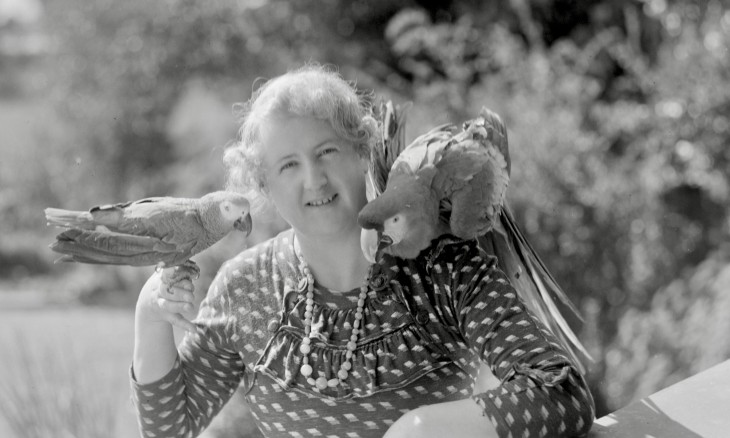
Pérrine Moncrieff. Image Nelson Provincial Museum, Ellis Dudgeon Collection.
But it was criticised by professional male ornithologists who called the bird descriptions “imprecise, poetic, and sentimental”. This mirrored similar criticism of female botanical and bird artists at the time. But Moncrieff’s book ran for five editions and was hugely popular. She also wrote for Forest & Bird’s magazine and judged the Society’s first children’s nature essay competition.
Moncrief played a pivotal role in the creation of Abel Tasman National Park, in 1942, an achievement for which she is best known.
THE COMMUNITY ORGANISERS: Using influence and education for environmental outcomes
"As winners of the Loder Cup, Gilmer and Rucroft were recognised nationally for their service to conservation, but they also experienced lack of support for their political objectives. Environmental organisations, such as Forest & Bird, helped facilitate their goals, but also benefitted from both women’s ambition and their desire to invest time and resources to achieve the wider goals of the organisation itself." Tess Tuxford, Taking Flight
Elizabeth Gilmer (1880–1960)
Community worker, conservationist, horticulturalist | Resurrected Arbor Day | Native Plants Protection Act 1934 | Loder Cup 1938 | Forest & Bird Vice-President
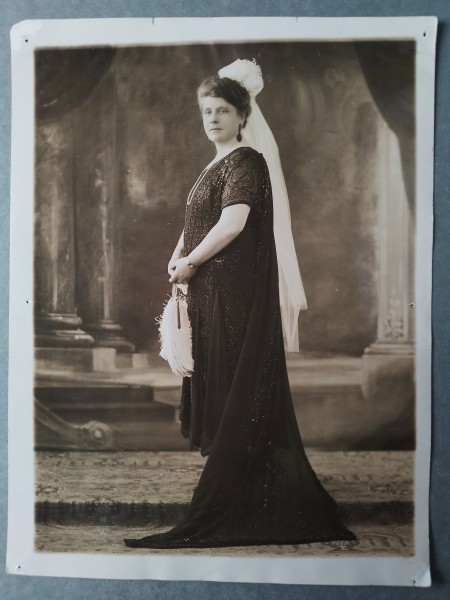
Elizabeth Gilmer presented at Court in 1926. Image Evening Post Collection, Alexander Turnbull Library
Elizabeth Gilmer was 13 years old when women were given the right to vote in New Zealand in 1893, but it would be another 40 years before the first female MP was elected in 1933. Gilmer stood unsuccessfully for Parliament in 1935 and 1938, but she used her political influence (inherited and earned) to push for the proper preservation of native plants.
Gilmer was born in Kumara, Westland, the seventh daughter of New Zealand’s 15th Prime Minister, Richard Seddon. She learned to love flora at Wellington Girls College after being made to garden as a punishment for misdemeanors.
The devastation of native bush north of Wellington compelled her to join Forest & Bird, and she became one of two women Vice-Presidents in 1927, alongside Moncrieff. Gilmer went on to play a prominent role in the Society, according to its historian Neil Dalmer, who remembered her as: “A kindly figure with charming manner, who was a robust fighter for worthy causes.”

Gilmer was made a Dame in 1951. Evening Post Collection, Alexander Turnbull Library
Gilmer garnered public support for the Native Plants Protection Act 1934 and in the same year secured the reestablishment of Arbor Day using her society contacts to make it a success. As Patron of the Wellington Beautifying Society, Gilmer believed horticulture led to good health and responsible citizenship. She became known as “Pōhutukawa Kate” for her determined efforts to protect pōhutukawa in the capital.
Violet Rucroft (1902–1986)
Educator, conservationist | Rucroft petition| Founded Forest & Bird’s Whakatāne section, 1956 | Loder Cup 1971 | Queen’s Service Medal
Like many women of her generation, Violet Rucroft (later Briffault) came to conservation in her later years, when she had fewer family commitments. The Whakatāne music teacher focused on preserving nature locally, advocating for the native forests of the Bay of Plenty. She was also devoted to educating children about native flora and an enthusiastic supporter of Forest & Bird’s family camps.
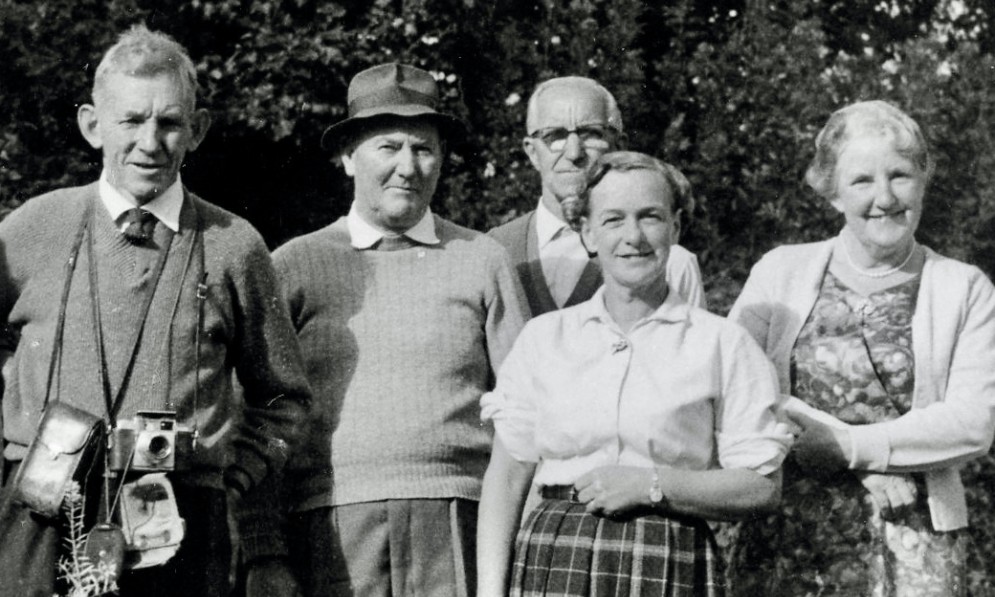
Violet Rucroft (far right) with some of Forest & Bird’s Executive, 1968. Image Forest & Bird Archives
Rucroft joined the society in 1949 and established its Whakatāne section in 1956, possibly the first woman to found a branch. In 1959, she organised a petition to stop milling in “all steep protective forests” in Te Urewera National Park and asked the government to plant at least 5000 acres of marginal lands in native trees every year.
Known as the Rucroft petition, it garnered nearly 20,000 signatures, and she presented it, as chair of Whakatāne section, to a government select committee. She was promised a “favourable response” to the petition, but this didn’t happen because of a change in government.
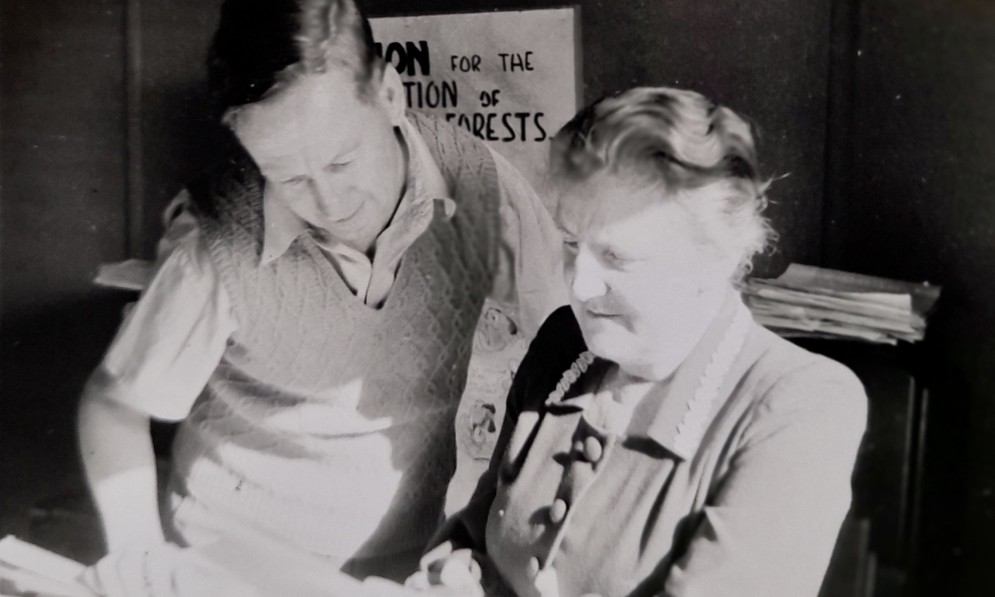
Violet Rucroft and Bill Parham, 1973. Image Anne Burkinshaw collection
She continued to advocate for the preservation of Te Urewera National Park, was made an honorary park ranger in 1962, and won the Loder Cup in 1971. Rucroft was a “forward thinking, politically engaged, and ambitious conservationist”, said Forest & Bird’s President Roy Nelson in 1979. She also led tree planting and weeding projects in and around Whakatāne, and when she died, in 1986, the Vi Briffault Reserve was named in her honour.
THE CREATIVES: Connecting to the land through visual endeavours
"While Daff was under-acknowledged during her lifetime, Eagle, born 40 years later, received many accolades demonstrating how attitudes towards women in science and art had changed over a generation. Both helped establish a visual history of New Zealand’s native species and increased popular interest in the country’s flora and fauna. Ultimately, they contributed to a shift in New Zealand’s national consciousness by helping the public develop associations between their national identity and the environment." Tess Tuxford, Taking Flight
Lily Daff (1885–1945)
Artist | Book illustrator | Forest & Bird artist | Exhibitions Officer, Otago Museum
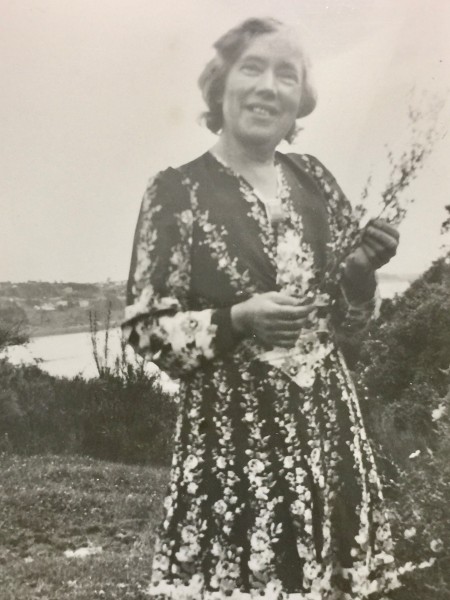
Lily Daff. Image Forest & Bird Archives
Following her mother’s death, the London-born artist moved to New Zealand in 1926 and found work in the government’s publicity department drawing native flora and fauna. In 1929, Daff was offered a commission by Sanderson and the Native Bird Protection Society to create a collection of artworks to raise awareness of her adopted country’s unique birdlife and promote the need for their preservation.
Advised by famous ornithologists of the day, including Robert Falla, she created 52 beautiful and scientifically accurate watercolour bird paintings. These were published in two Forest & Bird books: New Zealand Forest Inhabiting Birds, 1933, and New Zealand Sea and Shorebirds, 1940.
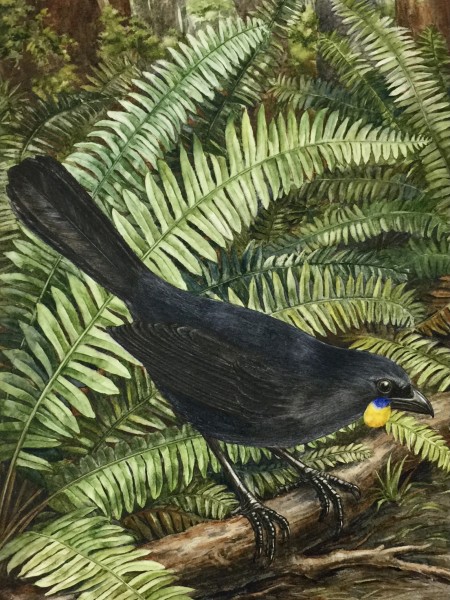
South Island kōkako. Image Lily Daff
These were reprinted several times and distributed to schools well into the 1950s. The artworks also appeared on the covers of more than 30 Forest and Bird magazines from 1933 to 1945. The artistic appeal of Daff’s paintings made them hugely popular, and the Society reprinted them on collectable cards, Christmas cards, and notepads.
In 1931, Daff joined Otago Museum as a full-time artist and remained there until her death in 1945. A colleague remarked that Daff had made New Zealand birdlife more familiar to the general public than ever before. However, her work was frequently published without proper credit and was considered popular art rather than scientific illustration. Like women botanical artists before her, Daff’s work was not fully recognised at the time for the value it brought to conservation, but she did pave the way for others, such as Audrey Eagle, to follow.
Audrey Eagle (1925–2022)
Botanical artist | Life Member Forest & Bird | Three times winner New Zealand Book Awards | Loder Cup 1985
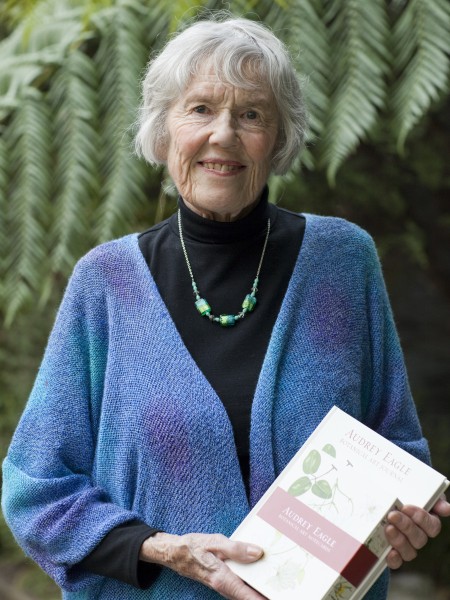
Audrey Eagle, in 2009. Image Michael Hall/Te Papa
Timaru-born Audrey Eagle helped establish the Waikato Branch of Forest & Bird in 1954 and began painting plants she found during nature trips organised by the society.
In the 1970s, she was approached by William Collins Publishers to illustrate a book of New Zealand native plants. The dedication she employed in this task, which resulted in a complete record of New Zealand’s native trees and shrubs, helped garner many accolades and cemented her place in conservation history.
Eagle was a member of Forest & Bird for nearly 60 years, with her most active period coinciding with the emergence of volunteer-led branches springing up all over the country. In a series of Forest & Bird articles from 1960 to 1980,
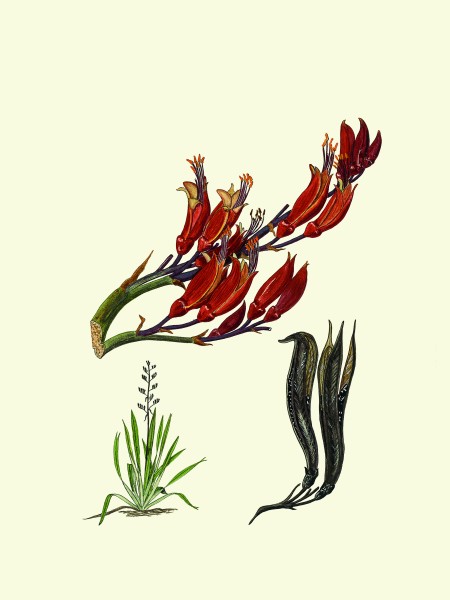
Harekeke Phormium tenax. Image Audrey Eagle
Eagle showed how Kiwis were embracing the country’s growing environmental movement by integrating conservation work into their everyday lives, says Tuxford. For example, Eagle wrote about a Waikato Branch-organised plant sale in 1975 that raised funds to restore the Society’s Walter Scott Reserve, a significant native bird habitat in the Waikato.
The intrinsic value of Eagle’s botanical artworks is illustrated by her first Forest & Bird trip, in 1954, when she and a fellow botanist spotted a rare mistletoe Trilepidea adamsii. She picked a piece to draw and then sent it to Lincoln University’s herbarium. It was the last time the plant was seen alive, but thanks to Eagle we have a picture of it for posterity.

